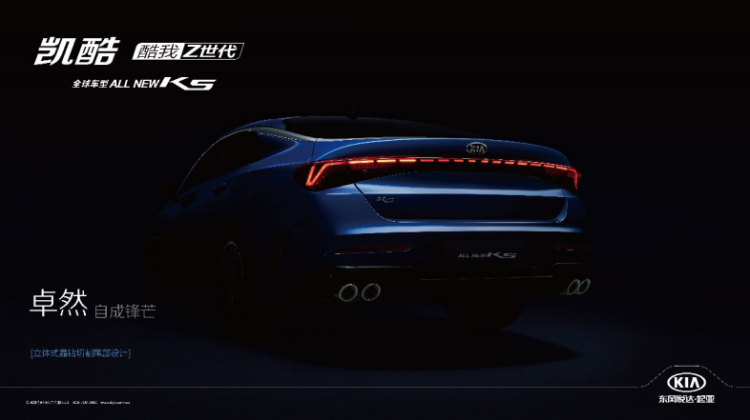In the first half of this year, Toyota officially released a new generation of Highlander in the North American market. According to the plan, the new generation of Highlander will also be officially produced in GAC Toyota next year. It is almost certain that the Highlander, which has continued to sell well since it was domestically produced in 2008, will once again set the benchmark for medium and large SUVs with the debut of a new generation of models. Therefore, since its debut in the North American market, the new generation of Toyota Highlander has also maintained extremely high popularity in China.
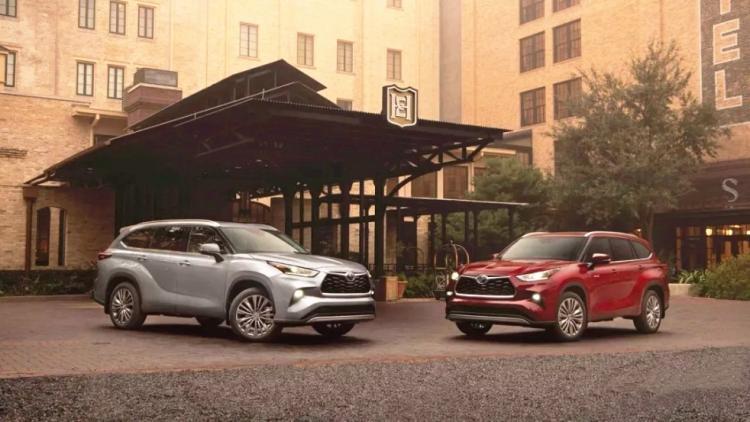
From the previously released official pictures and related information, we already have an overview of the new generation of Highlander—compared with the current models, the shape of the new generation of Toyota Highlander has been endowed with more changes in characteristic surfaces , The overall image is also more domineering than the current model.
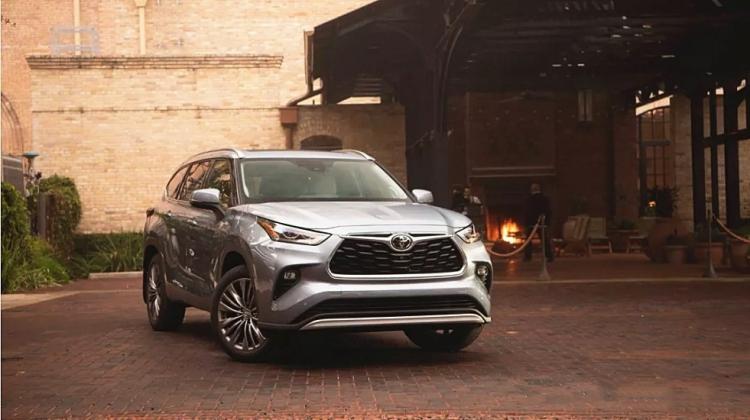
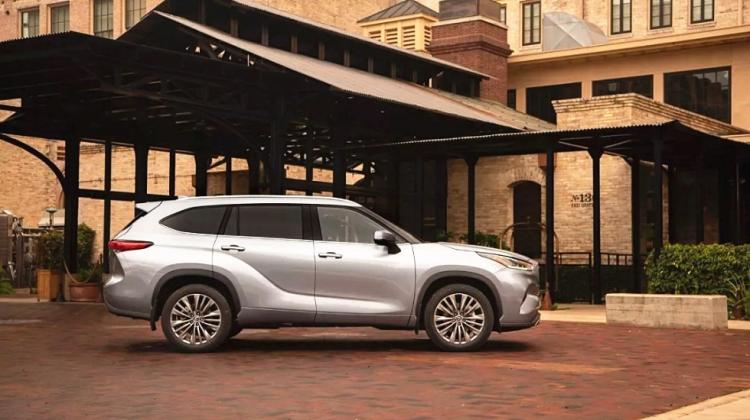
In terms of platform, the new car is also equipped with the new GA-K platform under the TNGA architecture. So, for all the questions surrounding the next-generation Toyota Highlander, there’s only one unanswered question—how does the car drive?
Therefore, before the arrival of domestic models, we might as well take a look at the feedback from overseas test drives.
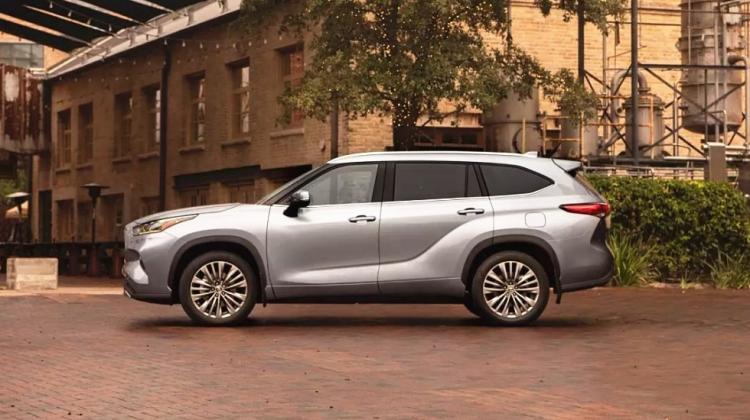
In terms of size, compared with the current model, the new generation of Highlander has not changed much, only the wheelbase and body length have increased by 60mm. This makes it the shortest car in its class.
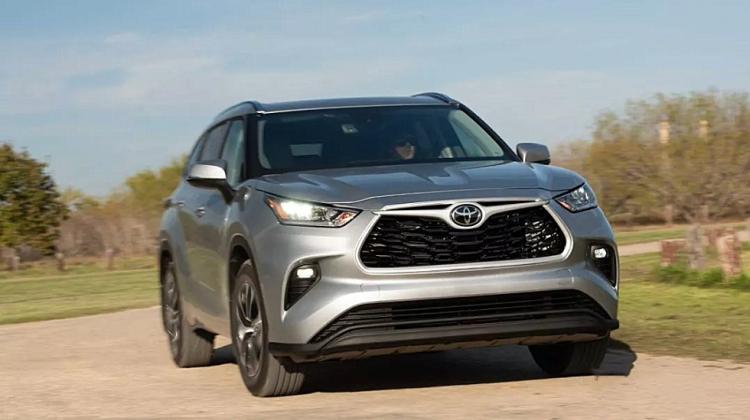
However, under the influence of the lowered roof and the widened front and rear track, the new generation of Highlander has a larger sense of volume than the current model, and the strengthening of some characteristic surfaces also makes the new generation of Highlander It will look more dynamic.
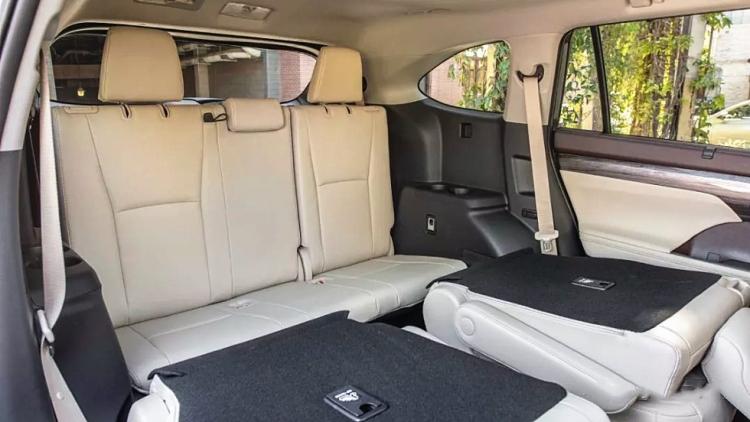
In terms of space, the seating space of the third row of seats is the most able to reflect the size change of the new generation of Highlander, but it is a little regrettable that the change of the body size of the new generation of Highlander obviously did not take much into account Space is up for the third row, with 704mm of legroom.
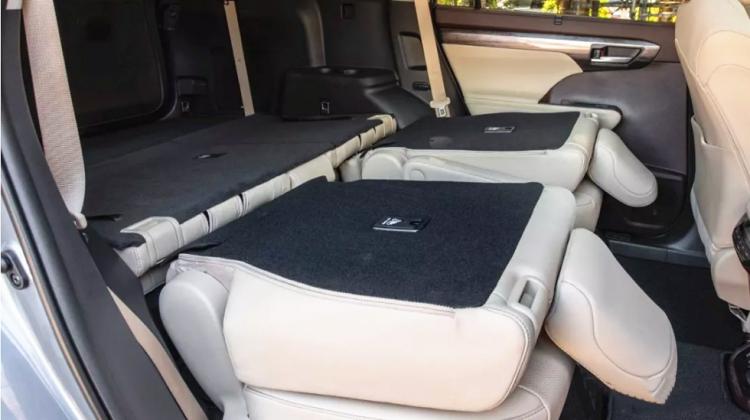
However, what is particularly gratifying is that the backrest size of the third-row seats of the new-generation Highlander has been significantly increased compared with the current model, which makes the entire shoulders wrapped and supported. Ride comfort will be greatly improved compared to the current model. To be honest, even if the seating space of the third row has not changed much, judging from the use of current models, it is spacious enough for Chinese consumers.
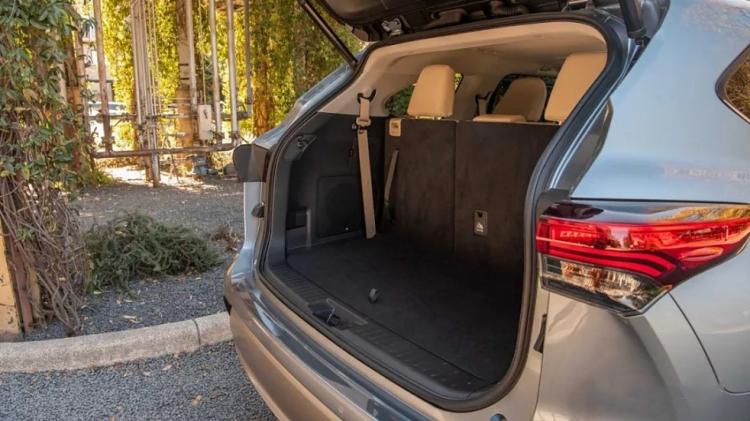
Compared with the old model, the increased body size of the new-generation Highlander is obviously more focused on the increase in the trunk volume. With the third row of seats opened, the new-generation Highlander has a trunk volume of 453L. What kind of concept is this, that is, when the third row is opened, the trunk space of the new generation of Highlander will even be larger than that of a Golf. And when the third row of seats is folded down at a ratio of 60:40, the trunk space can be expanded to 1350L—this is already the effect of the Golf with the rear row folded down.
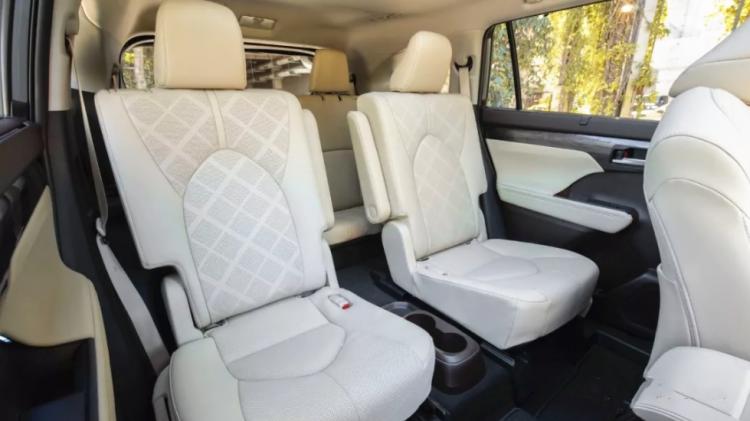
In terms of the layout of the second row of seats, the new generation of Highlander provides two options – three integral seats or two independent captain’s seats. Regardless of the seat layout, the legroom of the second-row seats of the new-generation Highlander is 1040 mm, which is spacious enough.
Talking here, in fact, we can’t wait to see how it feels when it is opened.

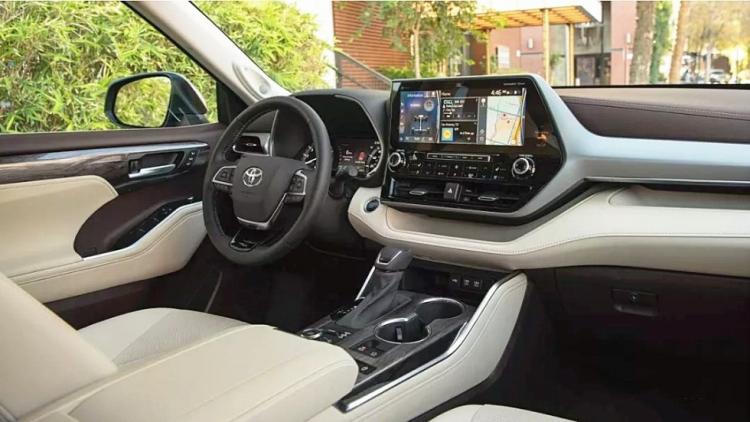
After sitting in the cab, you can still clearly feel that this is a medium and large SUV with a large size. However, Toyota’s excellent space permeability design makes the new generation of Highlander not like the Chevrolet Traverse. American cars give people a kind of scary feeling. However, compared to the Mazda CX-9, it still lacks a package for the driver. All in all, it is still a Highlander, but it has become more refined.

The new GA-K platform brings a lower center of gravity for the new generation of Highlander. Like other models on the platform, the new generation of Toyota Highlander also provides a suspension system with good damping and stable lateral stability. support. Under various working conditions, the GA-K platform can ensure the quietness in the car.
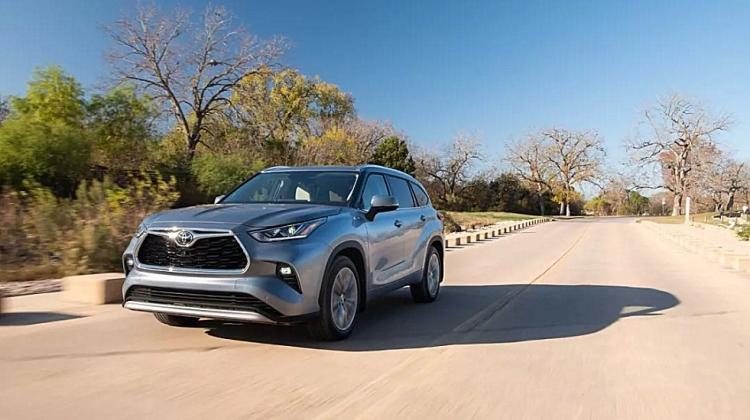
The vibration transmitted to the wheels from rough or potholed roads will not shake the stability of the chassis, and the direct and steady transition feel and pedal linearity can easily allow the driver to obtain a sense of peace of mind. However, compared with the aggressive dynamics of the Mazda CX-9, the Highlander is still much more moderate.
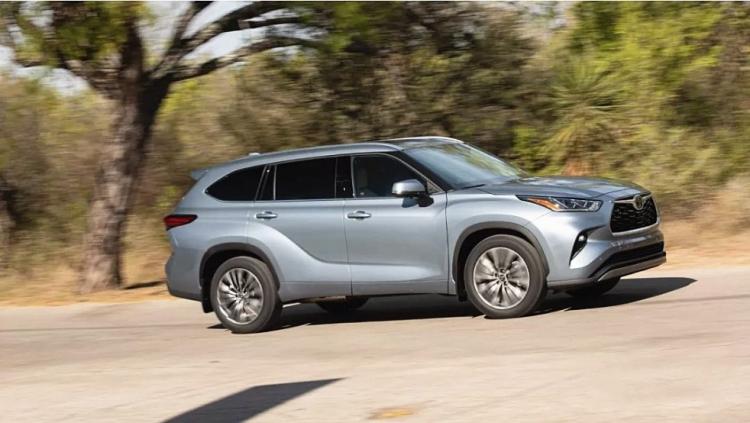
The difference from the previous generation is that starting from this generation of Highlander, the power of the entry-level version has been upgraded to a 3.5L V6 instead of a four-cylinder power, with a maximum output of 295 horsepower. The high-end model provides a combination of a 2.5L Atkinson cycle engine and a hybrid system.
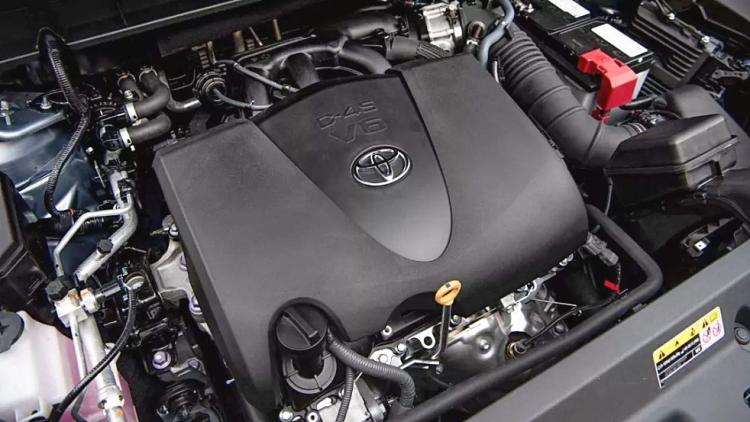
Mated to the 3.5L V6 is an eight-speed automatic transmission, and front-wheel drive is standard. The front-wheel-drive version will have obvious torque steer characteristics under the condition of full-throttle acceleration, which is also a major drawback of front-wheel drive vehicles. However, on the four-wheel drive version, it is obvious that the dynamic response of the vehicle is much more stable.
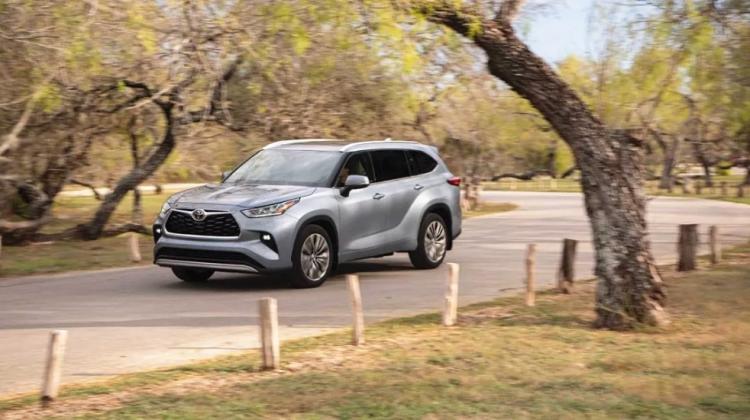
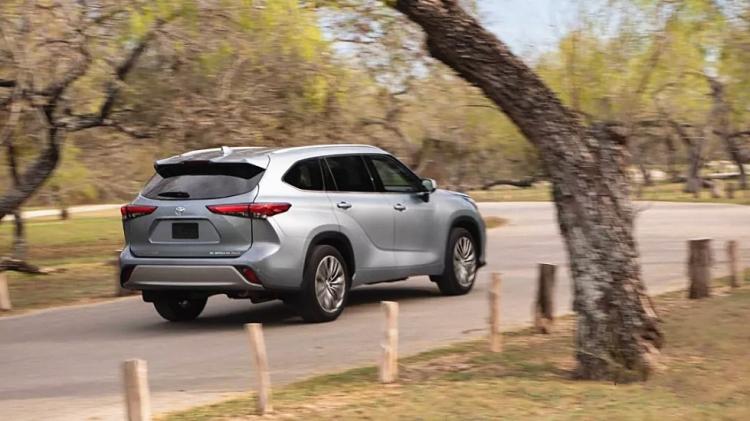
The high texture of the chassis and the matching of the large-displacement turbocharged engine have significantly improved the driving pleasure of the new generation of Highlander. However, from the point of view of recommendation, the four-wheel drive model is obviously worth recommending, and the resulting fuel consumption is only 10.2L per 100 kilometers, while the fuel consumption of the front-wheel drive model is 9.8L.
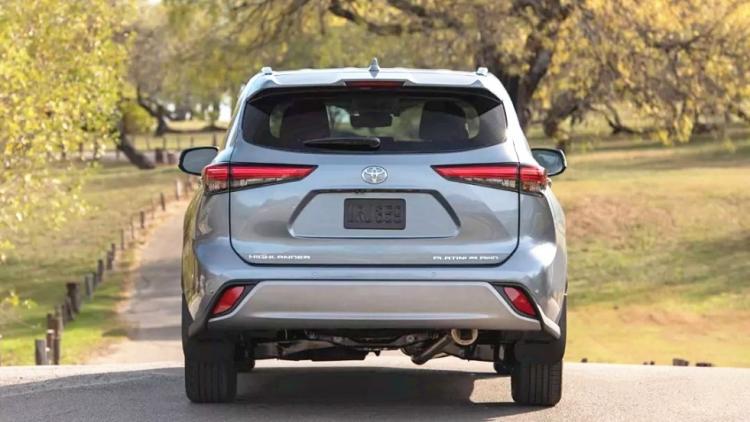
In terms of configuration, the new-generation Highlander in the North American market comes standard with a series of active safety configurations. Of course, after coming to the Chinese market, the configuration will also be readjusted.
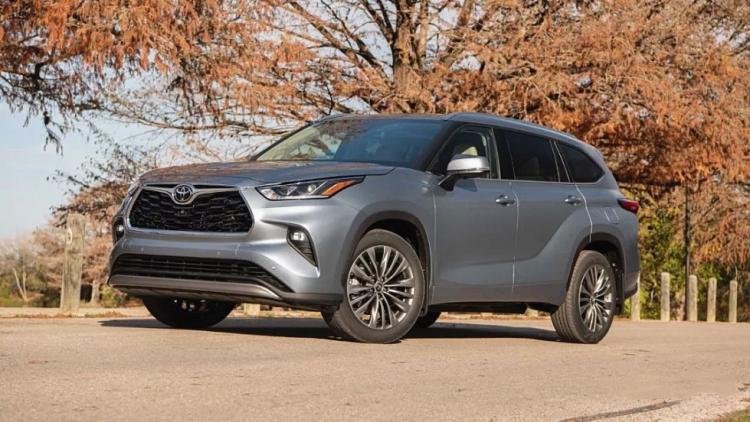
In general, the product performance of the new generation of Highlander is still worth looking forward to. The only question now is, when will it be available next year? In addition, how long will it take to mention the car after it goes on the market?




